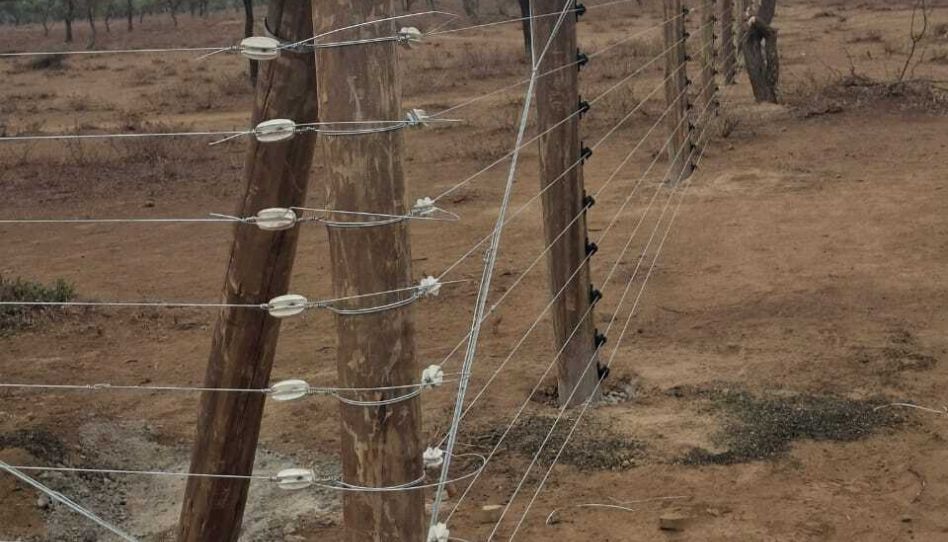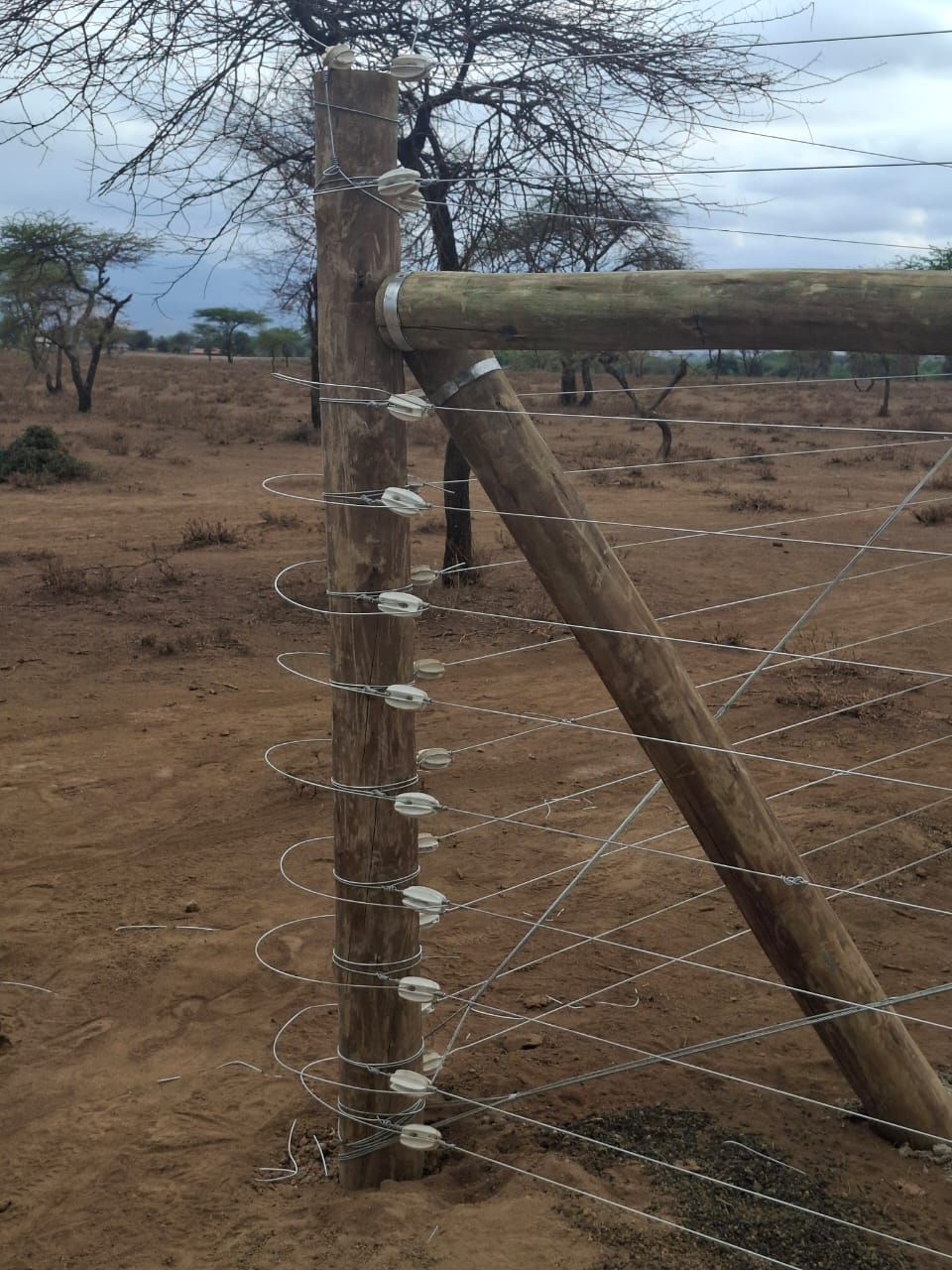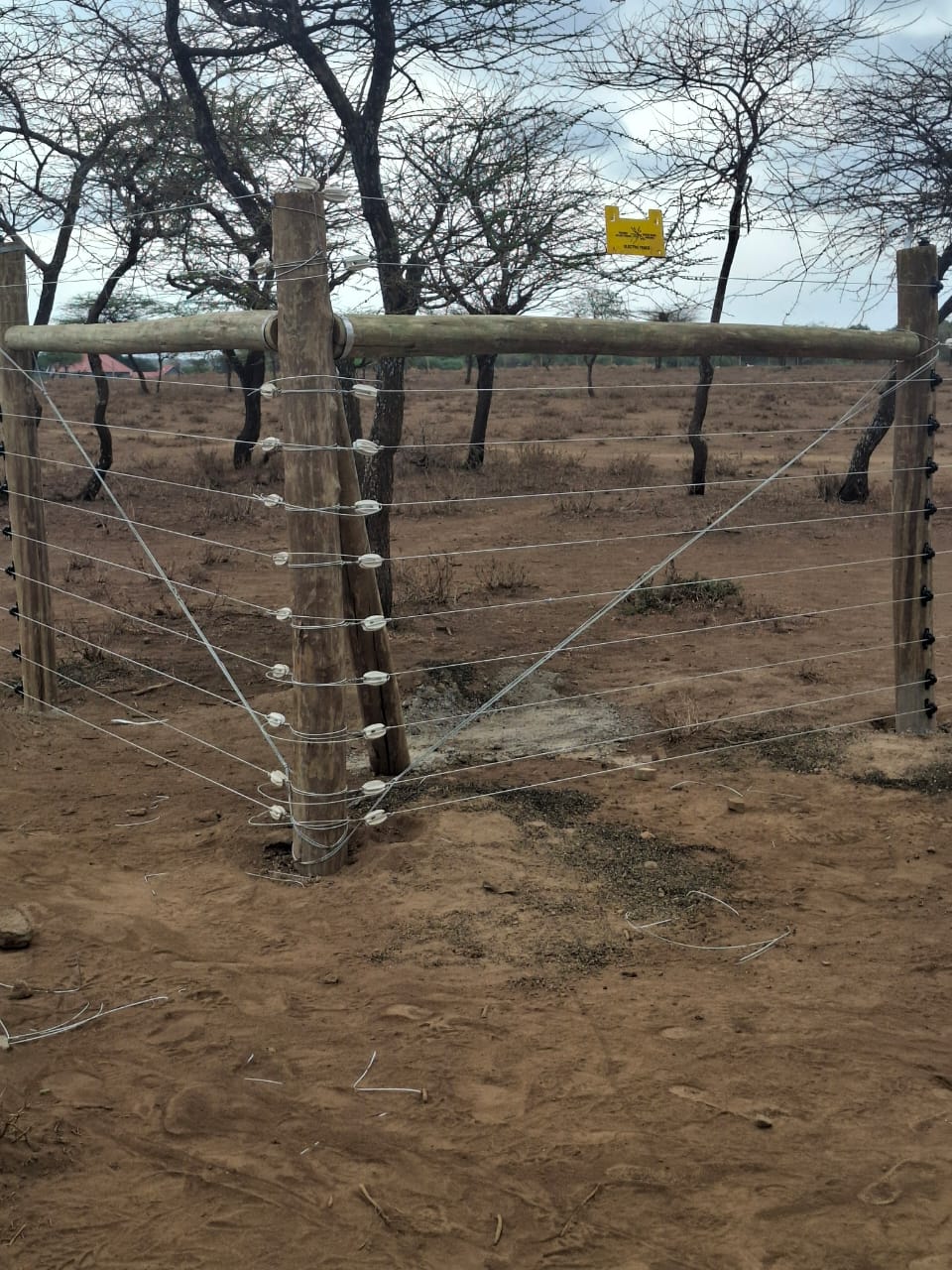At Fenken Fence & Supply, we understand that protecting your investment – whether it’s a farm, ranch, or conservation area – requires smart security solutions. Electric fencing has become the preferred choice for Kenyan landowners, but one crucial question remains: “How many wires do I actually need?”
The answer depends entirely on what you’re protecting against. Here’s your practical guide to designing an effective electric fence system.
Livestock Containment Solutions
For Cattle Management
· Standard Perimeter: 3-4 strands
· Key Placement: Critical wire at nose level (approx. 75cm)
· Post Requirements: 1.5-1.8 metre posts
For Sheep and Goats
· Recommended: 5-7 strands
· Special Configuration: Bottom wires spaced 15-20cm apart
· Purpose: Creates impassable “hot grid” to prevent crawling
For Bush Pig Control
· Minimum: 5 strands
· Essential: Ground-level electrified wire plus secondary low wire
· Focus: Prevents digging underneath
Wildlife Management for Conservation Areas
Antelope and Smaller Game
· Effective Design: 5-6 strands
· Critical Detail: First wire maximum 25cm from ground
· Application:
· Wildlife corridors
· Sanctuary perimeters
· Crop protection zones
Large Mammal Conservation Fencing
· Elephant Barriers: 8+ strands on reinforced structure
· Giraffe Protection: Height-focused design with visual deterrents
· Predator Management (Hyenas, etc.): Low-level hot wires
· Post Requirements: 2.1-2.4 metre heavy-duty posts
Specialized Conservation Applications
· Endangered Species Protection: Custom designs for rhino, wild dog, etc.
· Habitat Restoration Zones: Selective exclusion fencing
· Wildlife Corridors: Directional guidance systems
Security Fencing for Property Protection
Human Intrusion Deterrence
· Recommended: 4-5 strands
· Strategy: Ankle-height and chest-level wires
· Enhancement: High-visibility polytape for psychological deterrent
The Critical Foundation: Proper Post Selection
Your wire count directly determines post requirements:
· 3-4 strand systems: 1.5-1.8 metre posts
· 5-7 strand systems: 2.1-2.4 metre posts
· 8+ strand systems: Custom engineered solutions
Remember: Posts must be driven deep enough for stability while accommodating your required above-ground height.
The Power Behind the Protection: Energizer Systems
No fence works without reliable power. Consider:
· Fence Length: Longer fences need more powerful energizers
· Vegetation Load: High-growth areas require stronger pulses
· Animal Type: Larger, more determined animals need more powerful shocks
· Climate Conditions: Dry season performance requirements
Why Professional Design Matters
Every property has unique challenges:
· Terrain Variations: Hills, valleys, and watercourses
· Animal Behavior: Local wildlife patterns and pressure
· Conservation Goals: Specific biodiversity protection needs
· Budget Constraints: Cost-effective, durable solutions
Secure Your Space with Confidence
Don’t gamble with your security. Whether you’re protecting livestock, preserving wildlife, or securing property, the right fence design makes all the difference.
Choose Fenken Fence & Supply for Your Fencing Needs
We offer:
- Site-Specific Consultations
- Conservation-Grade Materials
- Professional Installation Services
- Ongoing Maintenance Support
Contact Fenken Fence & Supply today for a free site assessment and custom fencing solution. Let us help you build a secure future for your land and its inhabitants.





